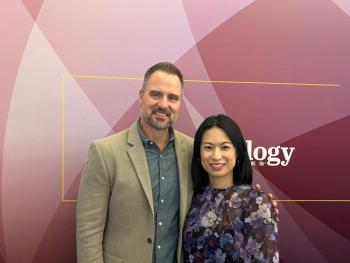
SECO 2023: Learning about the lids
Mile Brujic, OD, shares highlights from his SECO 2023 presentation, "Learning about the Lid: Optimizing recognition, diagnosis, and treatment of Demodex blepharitis and blepharoptosis."
Mile Brujic, OD, caught up with Optometry Times® to share highlights from his presentation, "Learning about the Lid: Optimizing recognition, diagnosis, and treatment of Demodex blepharitis and blepharoptosis," which he presented during the 100 year anniversary of the SECO meeting, held this year in Atlanta, Georgia.
Editor's note: This transcript has been edited for clarity.
Brujic:
I'm Dr. Mile Brujic, and I'm a partner of a four location practice in Northwest Ohio, Premiere Vision Group. And I've been honored to be selected to be one of the speakers here at SECO 2023—their 100th anniversary.
SECO holds a near and dear place in my heart because this is actually the first major conference I had the opportunity to speak to colleagues at a national level 17 years ago. And I always I always hold that near and dear to my heart.
But specifically, what we were talking about here was the importance of the lids. It's remarkable how much more time we're spending assessing lids, and there's several things that go into this whole discussion. One is lid position.
We understand that from a cosmetic, but also more importantly, from a functional perspective, what that entails and what that actually means. We presented some data here in a poster with a case series of patients, looking at really the functional limitations of some of these patients, and how it actually improves after the installation of nothing more than a drop that's commercially available, again, just with a prescription. So again, we can change things without surgery as a potential option for these patients.
We talk about the influence of blepharitis. And not only some of the current treatment options that we have and how it influences patients, but also some of the newer modalities that we need to be thinking about that are going to be present in the future to help these patients. And certainly how all that relates to meibomian gland dysfunction, as well as we know this is an important topic right now.
But again, we can't think about that in isolation; we need to think about all these other aspects, including not only lip position, but how the lower and upper eyelid are interacting together.
Specifically when we talk about things like these subtleties like lid seal, it's this term that we didn't really think about and Donald Korb and Caroline Blackie helped us understand it better in these basic tests that we can actually see to determine whether or not individuals have appropriately lid seal is sometimes literally a telltale sign of why sometimes our traditional treatments may not be working as well as we think they should be working.
So again, it was a fun time, it was a fun course, it was great to share the information with colleagues. And more importantly than not, I think there's always relevancy to sharing, you know, the newest contemporary information that we have on these topics.
But from my perspective, more importantly, how do we incorporate this new information into clinical practice? And that's what I'm hoping everybody leaving here today just had a few kind of clinical pearls and nuggets on how we take what we know now and how we take in what we know is coming in the future. And how do we incorporate this into our clinical practice for not only to care for patients better today, but also in the years to come.
Newsletter
Want more insights like this? Subscribe to Optometry Times and get clinical pearls and practice tips delivered straight to your inbox.


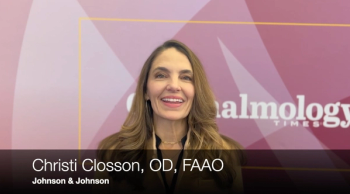
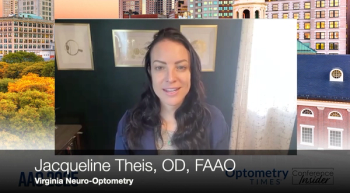
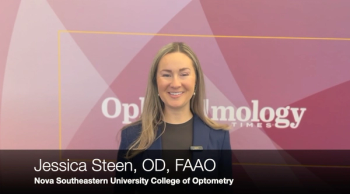
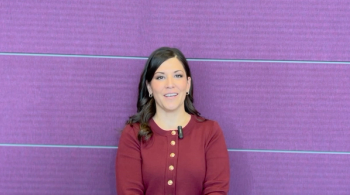



























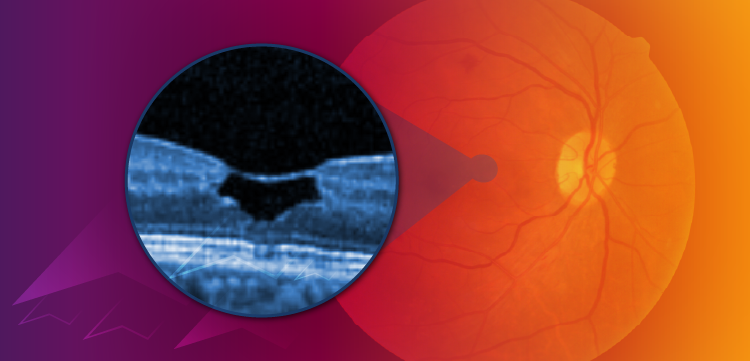




















.png)


